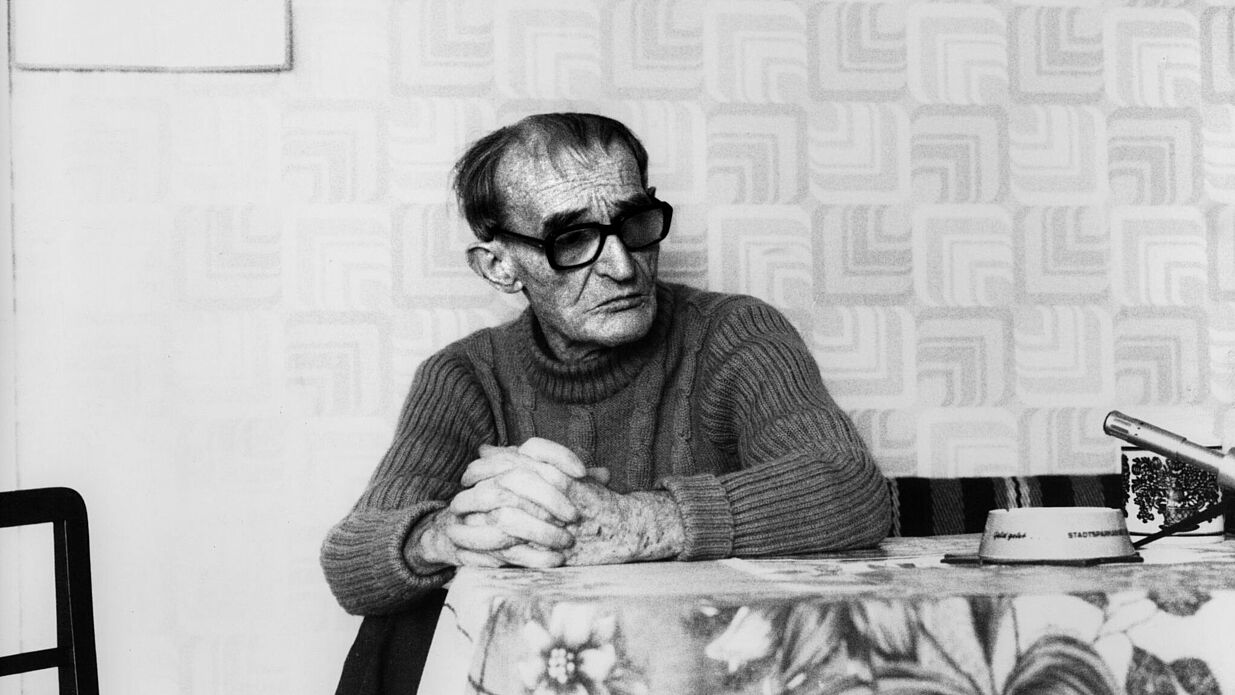Film and the Political Public

Lebens-Geschichte des Bergarbeiters Alphons S. (BRD 1979)
Innovations in film technology have always had a decisive influence on the course of cinema history, on the speed, range and topicality of the medium. Media innovations not only made possible other forms of audience-addressing and new aesthetics, they also changed the conditions of film production, distribution, and presentation. In this sense, media developments in the context of cinema always have an immediate political dimension; they may consolidate existing power structures, while also offering new actors space for public action that did not exist before. This phenomenon is particularly evident in the history of documentary film, in which developments in camera technology have led to a pluralization of voices and to improved conditions for critical counter-representations. Of course, new technical possibilities were also used in other film formats and often under conceivably different intentions.
Accompanying the exhibition From Luther to Twitter at the German Historical Museum and with a focus on German cinema and television, the retrospective Film and the Political Public highlights various cinematic innovations that had a particular impact.
In eight programs, we present works that at the time of their creation used new media possibilities in impressive ways. The selected films differ in their attitudes - from affirmative to subversive - but especially when viewed together, they give an interesting impression of the various ways in which new technical means were appropriated by different social groups over the course of media history. (Christian Lenz)